Wireless sensor networks in sick buildings
The Sick building - ETH Zürich HCI HÖNGGERBERG

This was our first project on wireless sensor networks within the MICS/Swiss National Fond Group. The basic idea was to do a diagnosis of energy flows in inefficient buildings, with the help of wireless sensor networks. With that system we try to save heat- and cooling energy.
We've implemented 200 (WSN) wireless-sensor-nodes (fabricated by particle computer) in a 'sick building' on the campus and installed them trough 7 levels and 25 labors, in each room between 3-7 sensor nodes, depending on strategic energy points.
At the same time we've developed a software to view all nodes and strategic lines within the building and a logger-database to store all information.
There where two major goals, one to detect energy lacks and second to learn about this new and amazing technology and information distributing. For the first time we were able to create a multi-agent-system in the real world and not only as a computer simulation.
But we ran into problems that we hadn't expected. The building erupted very strong interferences caused by 'physic/chemical' experiments/machines. So it was very hard to get fluent sensor-information to our logger. But we could detect three energy lacks. The first implementation was successful for us, so we decided to work more on sensor networks.
At the end of the first research round we needed new and better protocols and hardware/nodes. So we stepped into 'ZigBee' and developed a bunch of wireless sensor nodes with cooperation partners. We've learned how to use the technique and combine hardware components to working multi-hop and self healing networks.
Currently we are working on our own wireless sensor nodes. Take a look...here

Our sick building
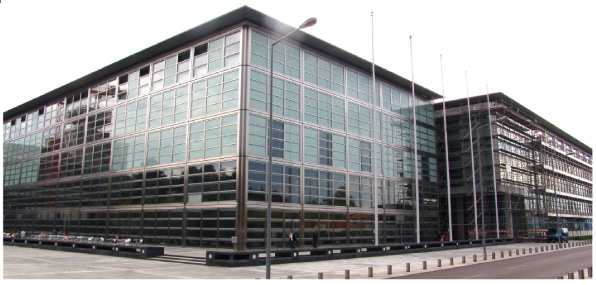
Sick building software user interface
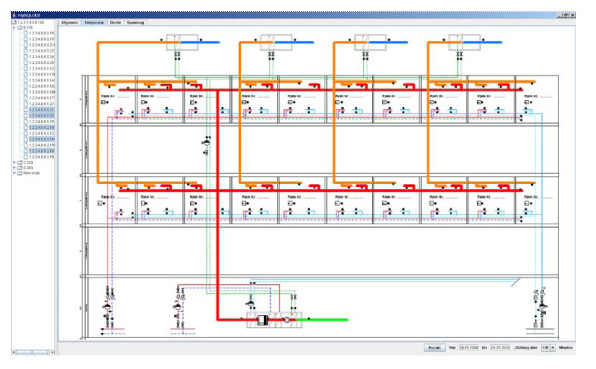
Tested under very hard conditions. You can see the rooms and places here.
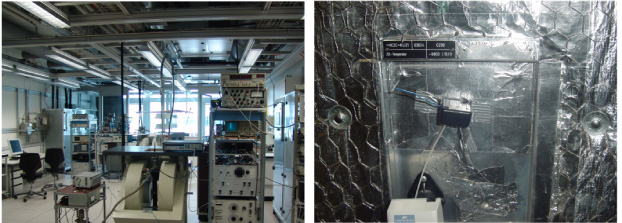
1. Generation Wireless Sensor Node
Working on 840mgHz / single hop

2. Generation Wireless Sensor Node - in collaboration with TIK/ETH Zürich
Working on 2.4Ghz / ZigBee / But a little to big and expensive...
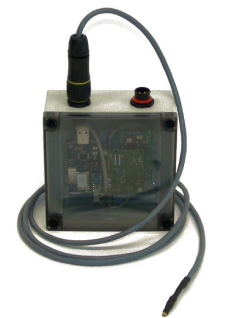
3. Generation Wireless Sensor Node - in collaboration with CEESAR/Lucern University of Applied Sciences and Arts
Working on 2.4Ghz / ZigBee / very low consumption / waterproof
but too expensive
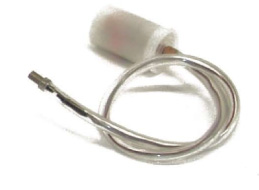
more to come...
feel free to mail me your comments: wartmann{at}arch.ethz.ch
by Christoph Wartmann
Assistant: Silvio Kohler